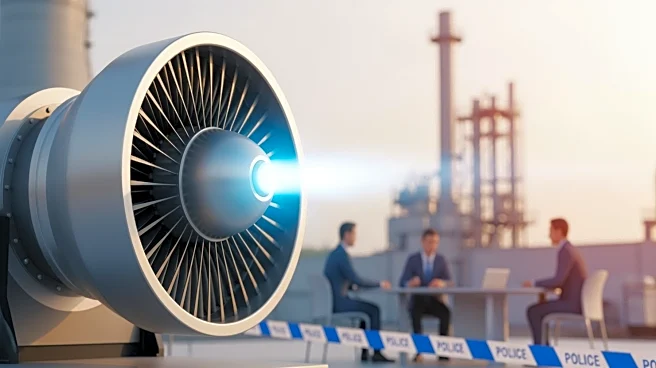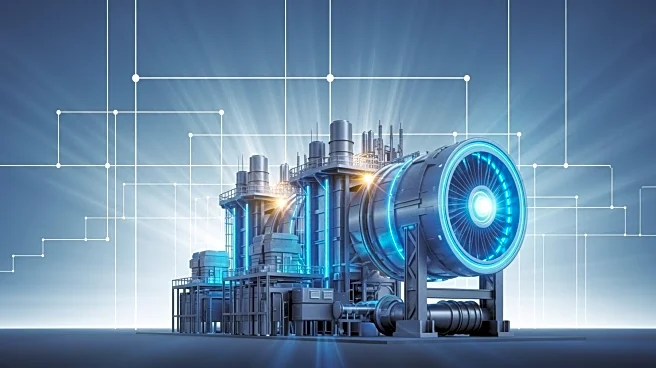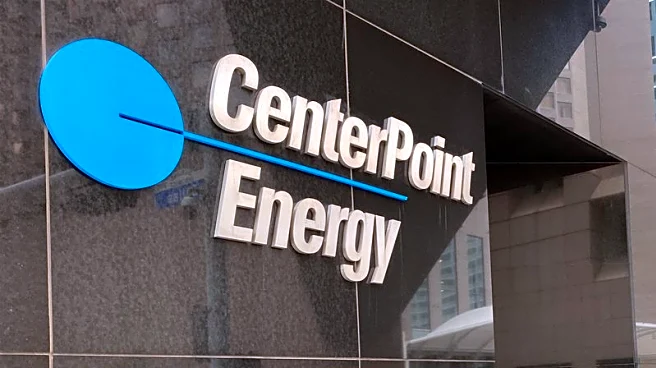What's Happening?
Entergy Mississippi has unveiled plans to construct a 754-MW combined-cycle natural gas-fired power plant in Vicksburg, Mississippi. This $1.2-billion facility is part of Entergy's Superpower Mississippi strategy,
which aims to upgrade the grid, add new generation, and maintain affordable customer rates. The Vicksburg Advanced Power Station will replace the former Baxter Wilson Steam Electric Station and is designed to support blended hydrogen in the future. This project is the third in a series of new power plants, following the Delta Blues Advanced Station and the Traceview Advanced Power Station.
Why It's Important?
Entergy Mississippi's investment in new natural gas plants is a significant step towards modernizing the state's energy infrastructure. The construction of these plants is expected to enhance grid reliability and efficiency, supporting economic growth and development in Mississippi. By replacing older plants with modern facilities, Entergy aims to provide long-term savings to customers through improved fuel efficiency. This initiative also positions Mississippi as a leader in American energy production, attracting industrial investments and creating job opportunities in the region.
What's Next?
The Vicksburg Advanced Power Station is scheduled to follow the completion of the Delta Blues and Traceview facilities, with construction expected to create over 560 jobs. Entergy plans to employ 21 personnel to operate the plant once completed. The company will continue to focus on integrating advanced generation technology and minimizing rate impacts for customers. Stakeholders, including state leaders and local communities, are likely to support these developments as they contribute to economic prosperity and energy security.
Beyond the Headlines
Entergy's Superpower Mississippi strategy may have broader implications for energy policy and sustainability. The integration of hydrogen technology in new plants reflects a commitment to exploring alternative energy sources and reducing carbon emissions. This approach could influence future energy initiatives and encourage other states to adopt similar strategies for modernizing their power infrastructure.













